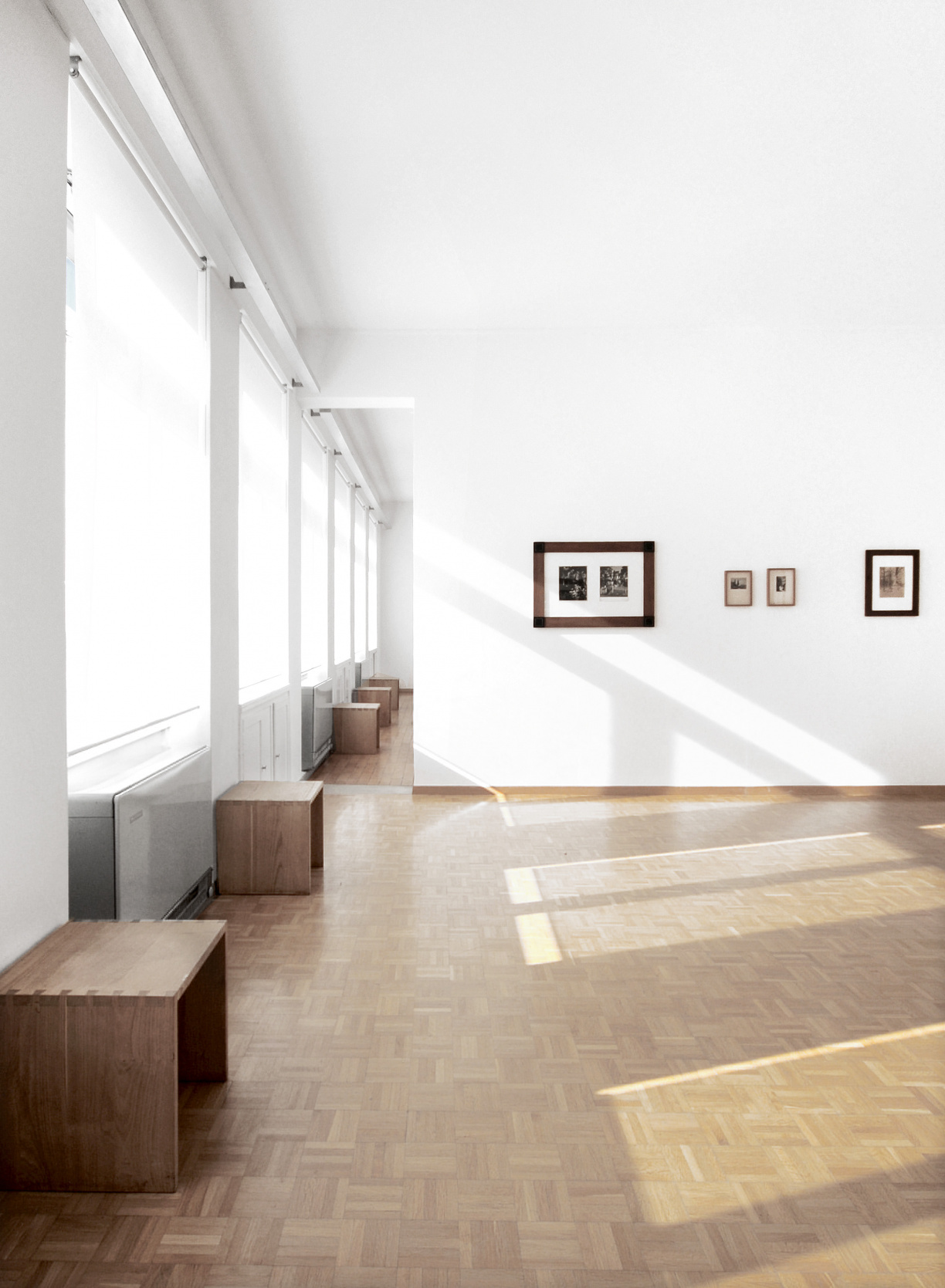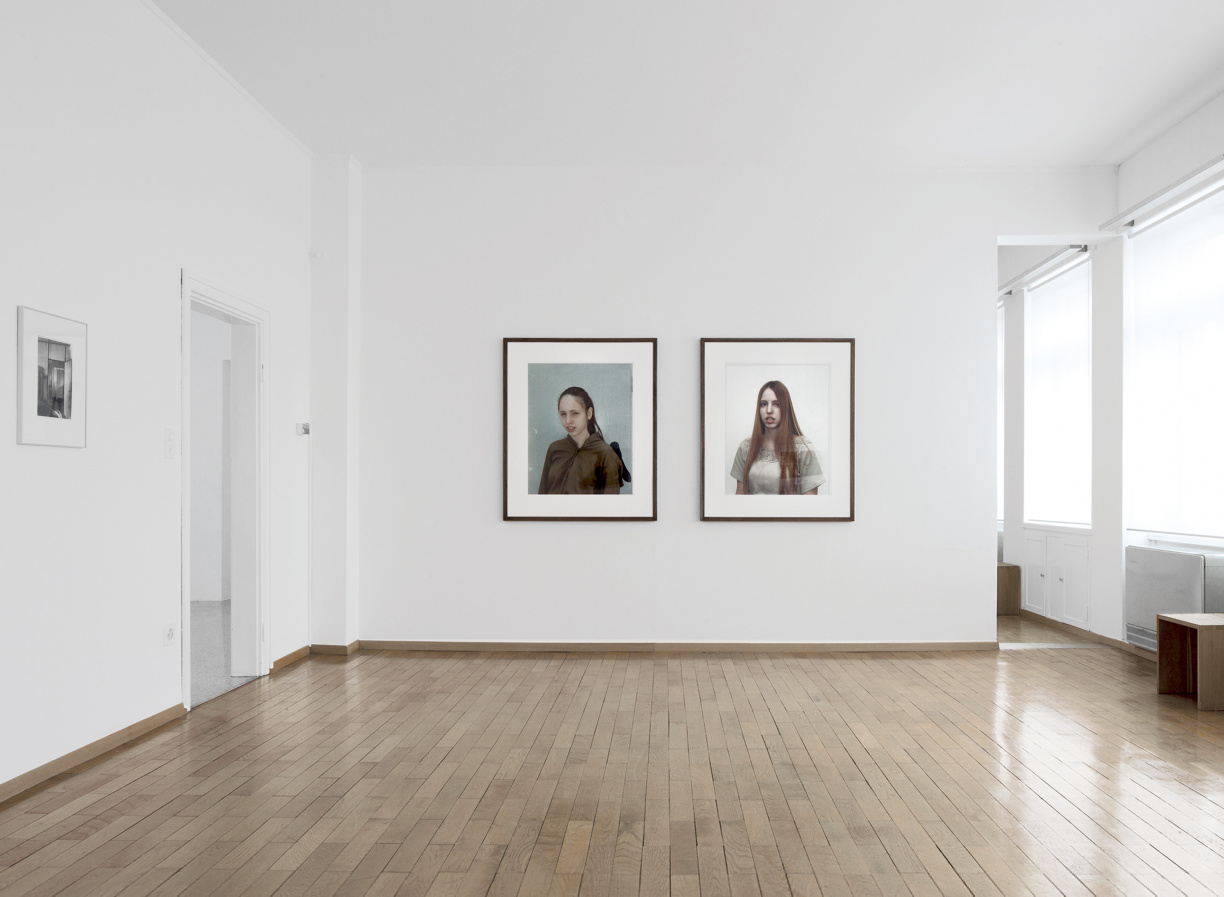Under COVID-19
Dear members,
We live in unexpected, strange times and every day we learn a little bit more about how to deal with the new situation. On the one hand, we become more precise in our precautions, on the other hand, hopefully with time we become more relaxed again. In any case, we hope and wish that you are doing well and that you have not yet lost your sense of humour in difficult times. Or, as Jürgen Habermas summed it up in an interview in the Frankfurter Rundschau of 8 April 2020: "One thing can be said: there has never been so much knowledge about our ignorance and about the compulsion to act and live under uncertainty before.”
Spectrum-Weekend in Valle di Muggio
Spectrum plans to hold another Spectrum-Weekend this year. It will take place in Bruzella, in the Valle di Muggio, which is one of the southernmost valleys of Switzerland. Phil and Rosella Rolla, dedicated and hospitable collectors, have been living and working there for years. For the last few years, they have not only enriched their own house with photography, but also the former kindergarten in Bruzella. In this kindergarten, in the exhibition rooms of the Fondazione Rolla, we are planning the second Spectrum-Weekend. The theme of the weekend will be "Fact&Fiction". For the time being, it is set for the last weekend in August, so it will take place from Friday, August 28th to Sunday, August 30th. Please put this down in your agenda.
We try to delay the detailed invitation and announcement of the weekend as long as possible. Until we know more about the course of the pandemic and our behaviour in it during the next summer, and yet again only as long as we are able to reserve rooms in the few surrounding hotels and guesthouses. So we will send you the programme in the first week of May and ask you to register during the same month. If the course of Corona permits, otherwise we will postpone the weekend to 2021.
Online Programmes (exhibitions, magazines, blogs and call for contributions)
The museums are closed and all events are cancelled, for a while at least. This leads to an unexpected explosion of online programmes. After the pandemic, we will certainly find that museums have become far more digital, far less online than ever before. Melisa Arslan has looked around. Here her report:
The measurements against the spread of COVID-19 have led to an intensive online presence as well as collaborations between several institutions, galleries, magazines, and artists. Various fairs and galleries are now virtually represented, as museums offer either insight into their currently closed exhibitions on social media or present and promote their already online accessible collections and platforms. Facebook, Instagram, Soundcloud and Youtube became their main sites to produce for and to distribute with, whilst Zoom turned out to be indispensable for online encounters. The following overview represents a selection of exhibitions as well as photo collections, blogs, collaborations and a call for contributions.
The gallery Bildhalle in Zürich leads via a 3D tour through the exhibition René Groebli. The Magic Eye and weekly introduces works of both, René Burri and Paul Cupido, which are selected by the René Burri Estate respectively by Cupido himself.
The retrospective René Burri. Explosions of Sight at the Musée de l’Elysée in Lausanne and its revelation of the photographer’s multiple creative activities is represented online as well. Interviews with Mélanie Bétrisey, Dino Simonett, Werner Jecker and Bruno Barbey to share memories on encounters with Burri as well as a video, are accessible next to other audio-visual online contents on former exhibitions at the museum.
Image and text content of Her Take. (Re) Thinking Masculinity, the present exhibition at Photoforum Pasquart in Biel, are to be found on the institution’s website compiled in a PDF. In addition, Her Take is reflected in the online exhibition space on Medium.
Fotomuseum Winterthur’s SITUATION #198: Visual Research on Networked Activism explores new forms of data circulation, which have both, changed the distribution of audio-visual content and have boosted new protest movements. For the analysis, SITUATION #198 focuses on three examples of control mechanisms found in state, corporations and machines. Marco De Mutiis, the digital curator at the Fotomuseum Winterthur, dedicates his blog Curating the Pandemic Image on contributions by curators regarding the virus. Hereby, he puts together a continuously growing collection of strategies that deal with exhibition under the COVID-19 situation.
More than 28,000 photographs from the holdings of the Fotostiftung Schweiz can be found on ETH Zürich e-Pics. Because of the extensive database, the online collection is suitable for research and for spending time with photographs. Moreover, chosen photographs are introduced on the institution’s blog to give an understanding of their authors as well as production contexts. Furthermore, the blog also includes a site with links to contact points and assistance for individuals in the cultural sector.
In order to support the debates on ways of curating and showing photography, YET magazine’s latest issue entitled Curating Photography, is accessible for free on the magazine’s website. Besides, artists who have already been part of YET were invited to donate one of their works. This collaboration aims to support the WHO COVID-19 Response Fund.
For Walkie Talkie, the Museum im Bellpark in Kriens asked artists to contribute home stories, photographs, soundtracks, video clips and visits into their ateliers to continue the debate on cultural issues on the museum’s website as well as on social media. These works are uploaded regularly.
Last but not least, the virus has led to a call for contributions for photographers. Photoagora uploads photos of reports, staged scenes, snapshots and further genres to its online gallery Suspended Time on a daily basis.
Access to compensation programmes
The economy is stagnating, many processes are suddenly shut down, and the profitability is becoming difficult. The Federal Council promises immediate aid for companies and short-time workers. The position of the self-employed, of freelancers in cultural areas has long been unclear. Here are the most important and informative national websites:
- Suisse Culture Sociale
- AHV/IV: Corona Erwerbsersatzentschädigung
- SECO-Staatssekretariat für Wirtschaft: Entschädigung bei Erwerbsausfällen für Selbständige
- Bundesamt für Kultur, BAK: Kulturschaffende
- Pro Helvetia: Info zum Coronavirus
- Zürcher Hochschule der Künste, ZHdK: Coronavirus: Informationen für Kulturschaffende, Selbständige und Unternehmen
Copyright law came into force on 1 April
On the portal of the Federal Council and the Swiss government it says:
"Fit for the digital age: The modernised copyright law comes into force on 1 April 2020. The revised Copyright Act strengthens the rights of cultural workers and the cultural industries. Research will be made easier and the relevant law will be adapted to technological developments. At its meeting on 26 February 2020, the Federal Council approved the amendment to the law at its session of 26 February 2020 and it will enter into force on 1 April 2020.
Next to measures to combat piracy, the revised URG introduces various innovations that will strengthen creative artists and the cultural industry. All photographs will now be protected, even if they are not works of art. In future, everyday family and holiday photos will also be protected, as well as press photos, photographs of products and landscapes. In order to use third party photos on one’s own website, for example, permission is now always required.”
The new law for the re-use of photography goes beyond what is otherwise required of a work of art under copyright law, namely "intellectual creation of literature and art of an individual character". Now, all photographs are protected as long as they show the world in three dimensions, i.e. do not represent a mere two-dimensional reproduction. Two links are provided here, the first to the Federal Government’s press release, the second to a discussion of the new situation by the lawyer Martin Steiger:
Experts' Essay #5:
Milo Keller: Learning from Photography / Les enseignements de la photographie
Each newsletter is accompanied by an essay, a work report or a plea by a photography expert from Switzerland. This spring we present an essay by Milo Keller about “Learning from Photography / Les enseignements de la photographie”. Milo Keller is Photographer, Professor and Head of Bachelor and Master Photography at ECAL/University of Art and Design Lausanne.
Stay safe and healthy!
With warm regards
Urs Stahel
President of Spectrum – Photography in Switzerland
On behalf of the Spectrum Board

